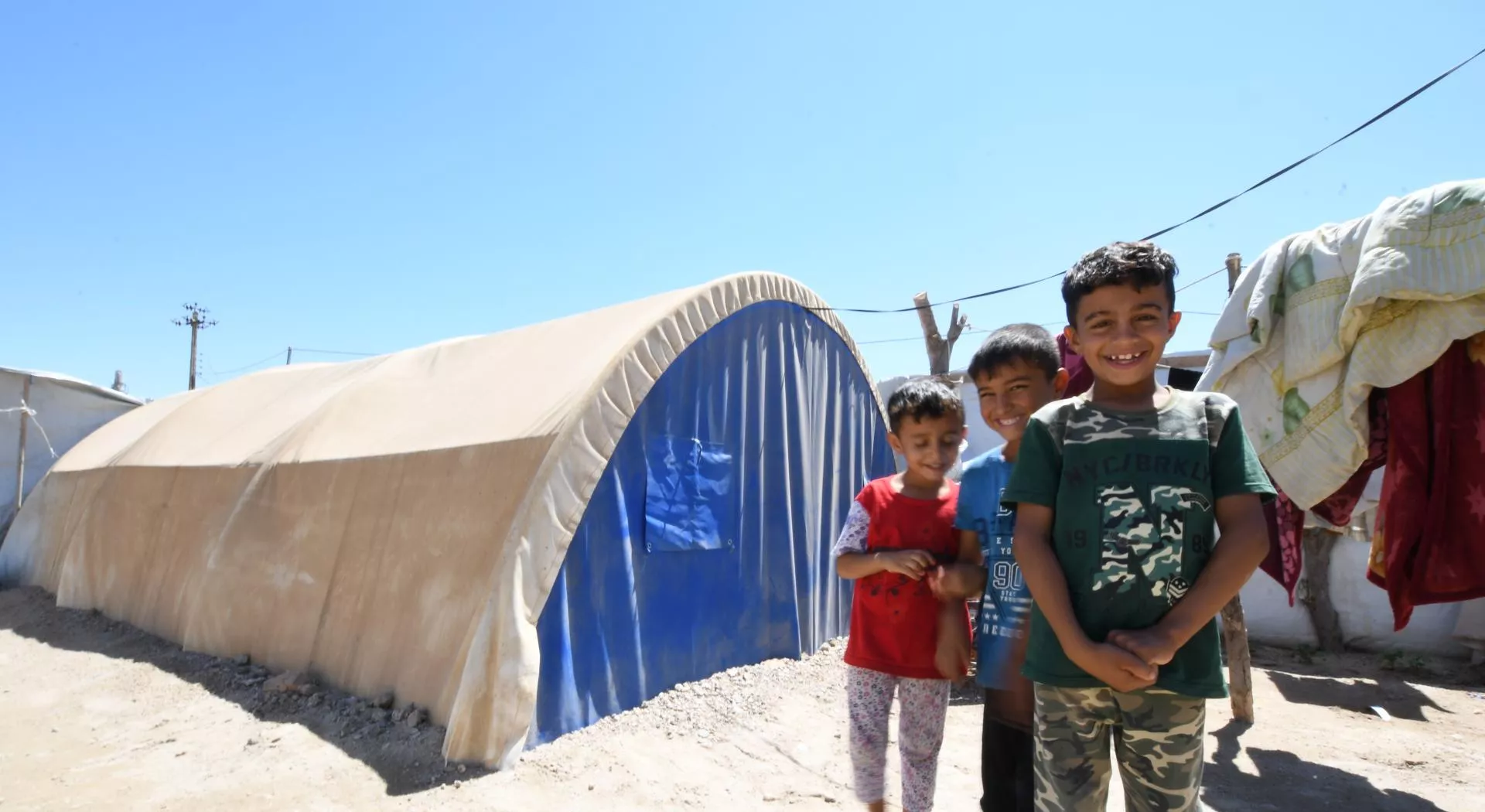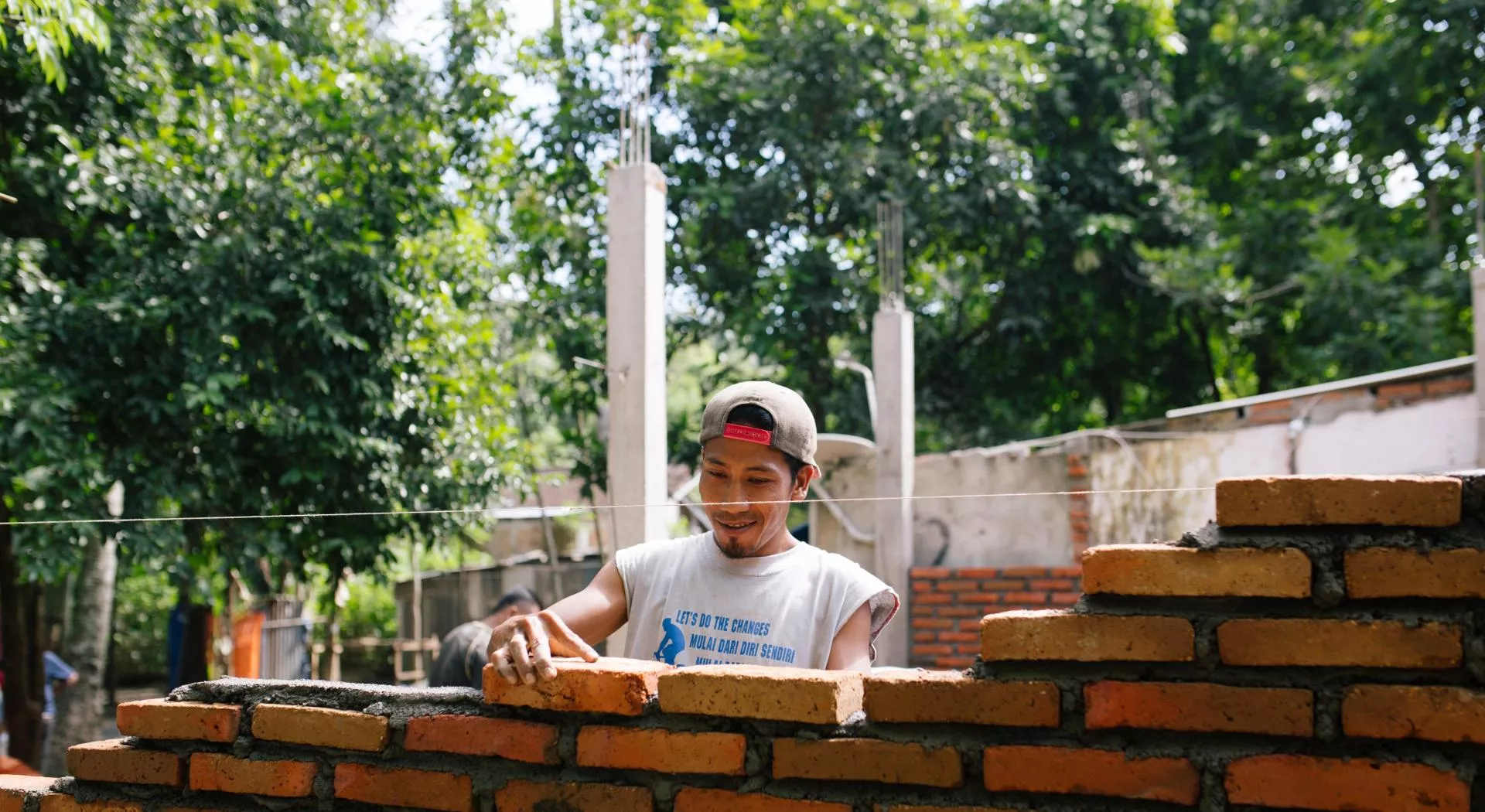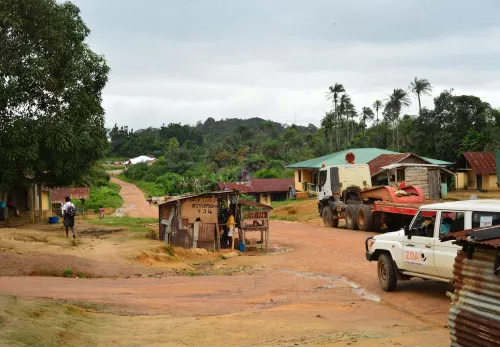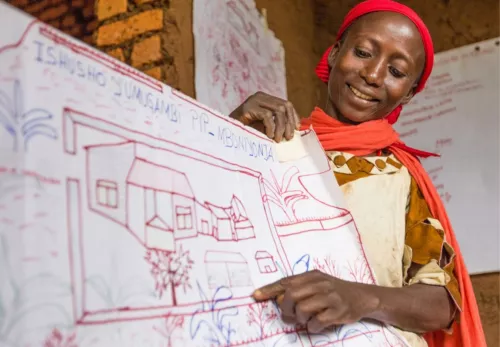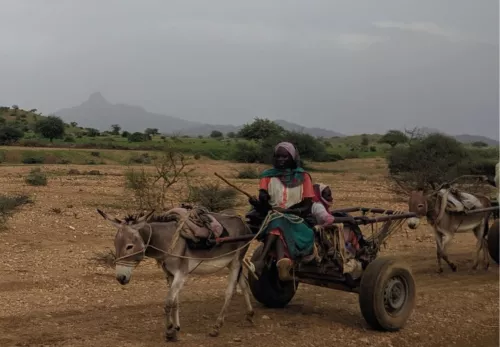Integrated approach
ZOA’s approach in shelter is holistic and based on the following themes:
- We focus on the interest and protection of the people involved. This means that the support is tailored to the needs of women, girls, boys and men and that the affected population is involved in decision-making and implementation.
- We enable households to recover themselves and support them to work towards more sustainable outcomes and processes. In this way, we contribute to a lasting post-emergency recovery.
- We also address related issues such as water and sanitation, fuel for cooking and heating, household utensils, waste management and settlement planning.
- We believe that shelter goes beyond the level of the family. Communal facilities such as schools, play areas and health clinics must be available to affected people.
ZOA's shelter assistance is flexible and adjusted to the context. The type of damage caused by the disaster will be assessed as well as activities required to repair or replace existing or damaged homes and structures. Additional important factors are social and climatic conditions and the scale of the disaster. Furthermore, it is important to be conflict sensitive in terms of support given so that distribution or construction activities are not increasing the existing conflict or context situation.
Building back better, with local materials
ZOA's assistance in emergencies and recovery-phase aid ranges from tents, tools and materials to cash assistance for either the affected people or their host families. Preferably, shelters are made with locally available construction materials using traditional building techniques. This way, the houses can be easily improved and repaired by beneficiaries themselves. Furthermore, the houses are often better adapted to local climatological conditions and its construction benefits the local economy.
After natural disasters, ZOA works with authorities and communities to identify shelter risks and vulnerabilities with the goal of preparing for a future potential disaster and introduce mitigating measures to minimize the impact. This disaster risk reduction approach increases the ability of communities to “ build back better”. It introduces technologies such as earthquake resistant houses and improved awareness of the local risks and hazards.

